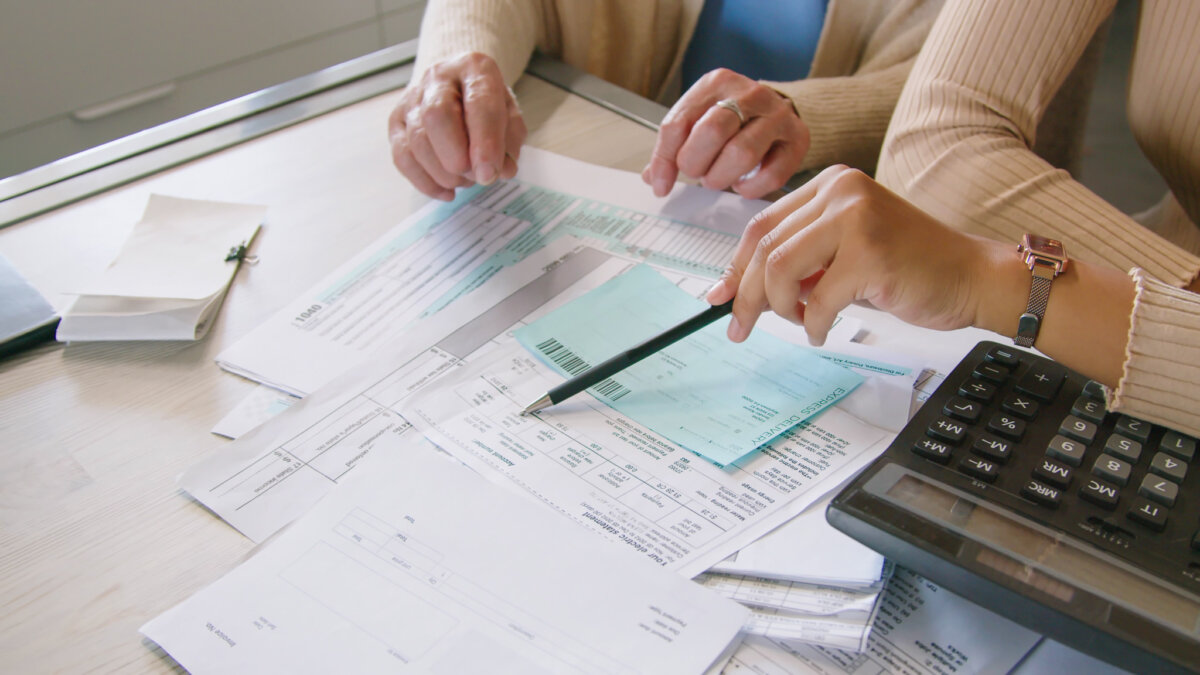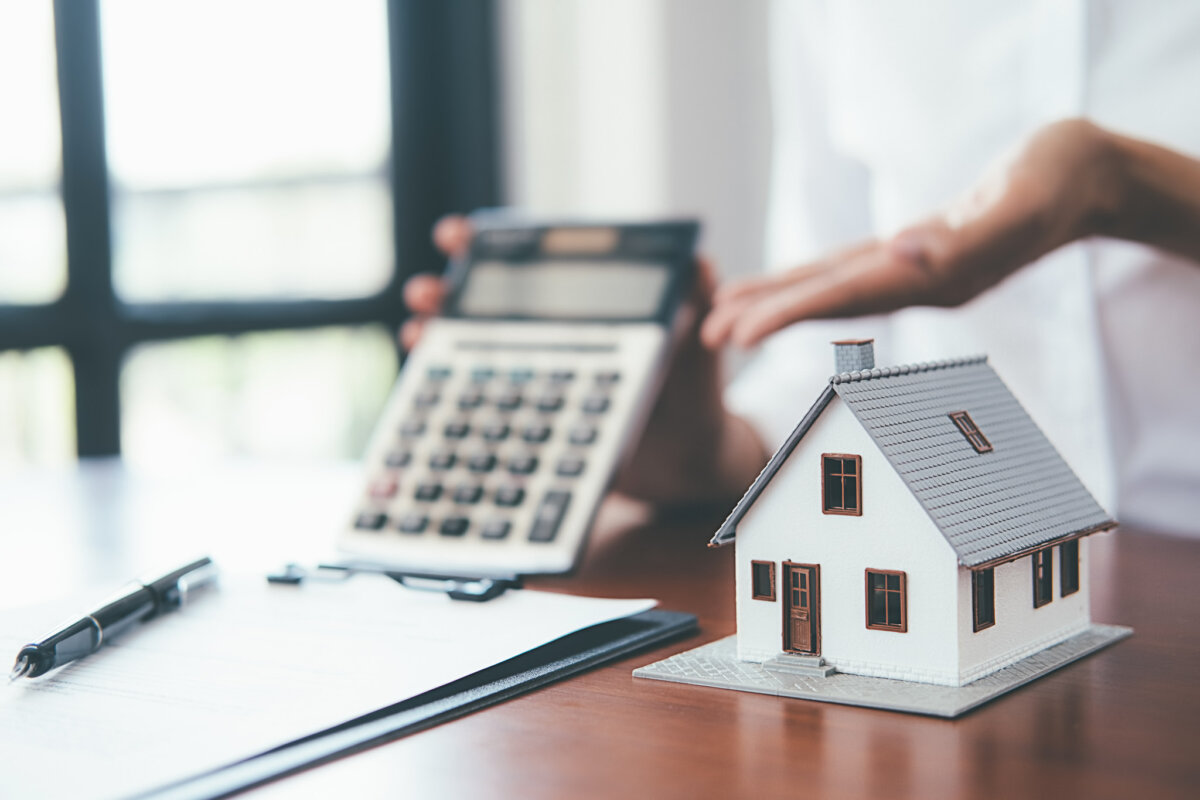The world of real estate can be complex, filled with various terms and concepts that often require some explanation. One such term is “lessee.” Understanding what a lessee is and their role in the leasing process is crucial for anyone involved in renting or leasing property, whether residential, commercial, or industrial. This blog post aims to provide a comprehensive overview of the lessee, their rights, responsibilities, and the leasing process.
What is a Lessee?
A lessee is an individual or entity that leases or rents property from another party, the lessor. The lessee obtains the right to use and occupy the property for a specified period in exchange for periodic payments, typically rent. The relationship between the lessee and the lessor is governed by a lease agreement, which outlines the terms and conditions of the lease.
Critical Elements of a Lease Agreement
The lease agreement is a legally binding contract that sets forth the rights and obligations of both the lessee and the lessor. Key elements typically found in a lease agreement include:
- Description of the Property: A detailed description of the property being leased, including its address, size, and specific features.
- Lease Term: The duration of the lease, including the start and end dates. Lease terms can vary widely, from short-term agreements of a few months to long-term leases spanning several years.
- Rent Amount and Payment Terms: The amount of rent the lessee must pay, the due date for payments, and the accepted payment methods.
- Security Deposit: The amount of the security deposit that the lessor holds to cover any potential damages or unpaid rent at the end of the lease term.
- Maintenance and Repairs: The responsibilities of both the lessee and the lessor regarding maintenance and repairs of the property.
- Use of Property: Specific terms outlining how the property can be used, including any restrictions or limitations.
- Termination Conditions: The conditions under which either party can terminate the lease, including notice periods and any penalties for early termination.
Rights of the Lessee
As a lessee, several rights are typically granted under a lease agreement, ensuring that the lessee can enjoy the property without undue interference:
- Right to Possession and Use: The lessee has the right to possess and use the property as specified in the lease agreement. This means the lessee can occupy the property and use it for the intended purpose without interference from the lessor.
- Right to Privacy: The lessee has the right to privacy within the leased property. The lessor can only enter the property with prior notice or the lessee’s consent, except in emergencies.
- Right to a Habitable Property: The property must be maintained in a habitable condition, meaning it must be safe and suitable for living. This includes necessary repairs and maintenance to meet essential health and safety standards.
- Right to Non-Discrimination: The lessee has the right to be treated fairly and without discrimination based on race, color, religion, sex, national origin, disability, or familial status.
Responsibilities of the Lessee
Along with rights, the lessee also has several responsibilities that must be adhered to during the lease term:
- Payment of Rent: The primary responsibility of the lessee is to pay rent on time as specified in the lease agreement. Failure to do so can result in penalties, late fees, or eviction.
- Proper Use of Property: The lessee must use the property by the terms outlined in the lease agreement. This includes not engaging in illegal activities or using the property for purposes not permitted by the lease.
- Maintenance and Upkeep: While the lessor is typically responsible for major repairs, the lessee is usually responsible for keeping the property clean and in good condition. This includes minor repairs and general upkeep.
- Reporting Issues: The lessee must promptly report any significant maintenance issues or damages to the lessor to prevent further damage or hazards.
- Adherence to Lease Terms: The lessee must adhere to all terms and conditions outlined in the lease agreement, including any rules regarding pets, subletting, or modifications to the property.
The Leasing Process
The process of leasing a property involves several steps, from searching for a suitable property to signing the lease agreement:
- Searching for a Property: The lessee begins by searching for a property that meets their needs in terms of location, size, and budget. This can be done through real estate websites, rental listings, or working with a real estate agent.
- Viewing Properties: Once potential properties are identified, the lessee will schedule viewings to inspect the properties in person. This allows the lessee to assess the condition of the property and its suitability.
- Application Process: If the lessee decides to lease a particular property, they must complete a rental application. This typically includes providing personal information, employment details, and references.
- Credit and Background Checks: The lessor will conduct credit and background checks to assess the lessee’s ability to pay rent and their rental history. A good credit score and clean background can improve the lessee’s chances of approval.
- Negotiating Terms: Before signing the lease agreement, the lessee may negotiate specific terms with the lessor, such as the rent amount, lease duration, or specific provisions.
- Signing the Lease Agreement: Once both parties agree to the terms, the lease agreement is signed. The lessee will also typically pay the first month’s rent and the security deposit at this time.
- Move-In Inspection: Before moving in, the lessee and lessor may conduct a move-in inspection to document the property’s condition. This helps protect both parties if any disputes arise regarding damages.
- Occupying the Property: The lessee can now move into the property and begin the lease term, adhering to the lease agreement terms and fulfilling their responsibilities as a tenant.
Conclusion
The role of a lessee in real estate is critical, involving a balance of rights and responsibilities. By understanding their role, adhering to the lease agreement terms, and maintaining open communication with the lessor, lessees can ensure a smooth and mutually beneficial leasing experience. Whether you’re a first-time renter or an experienced lessee, being informed and prepared can make all the difference in navigating the complexities of leasing property.











